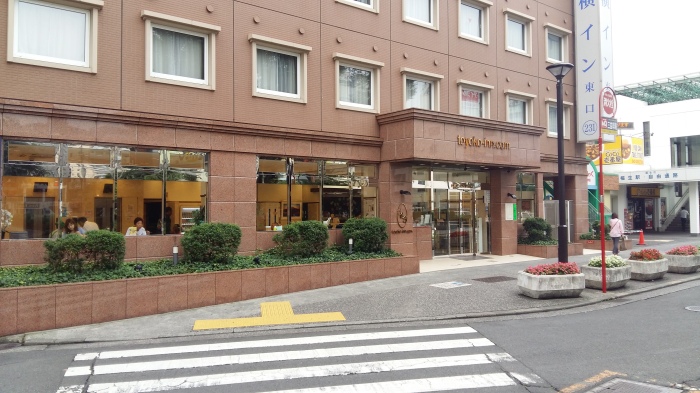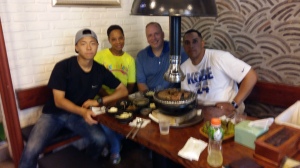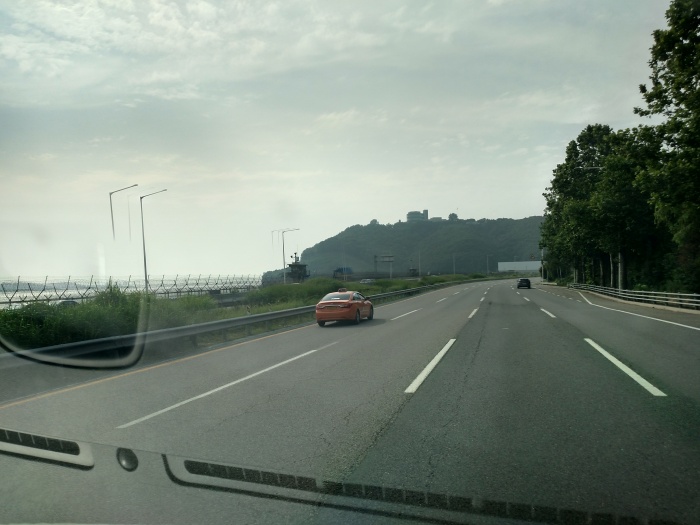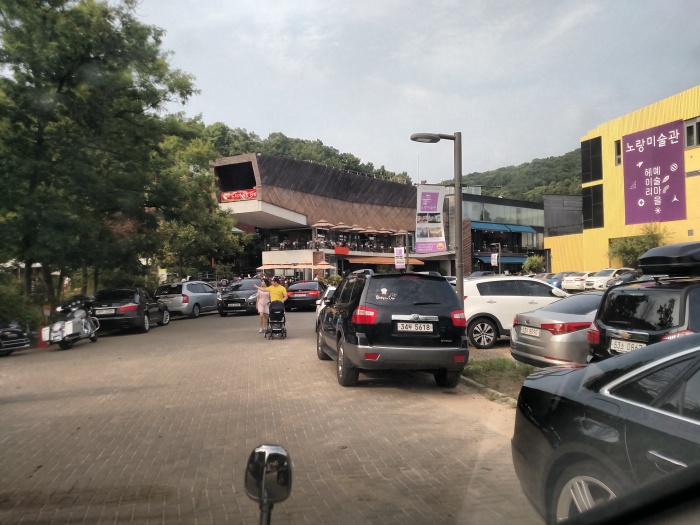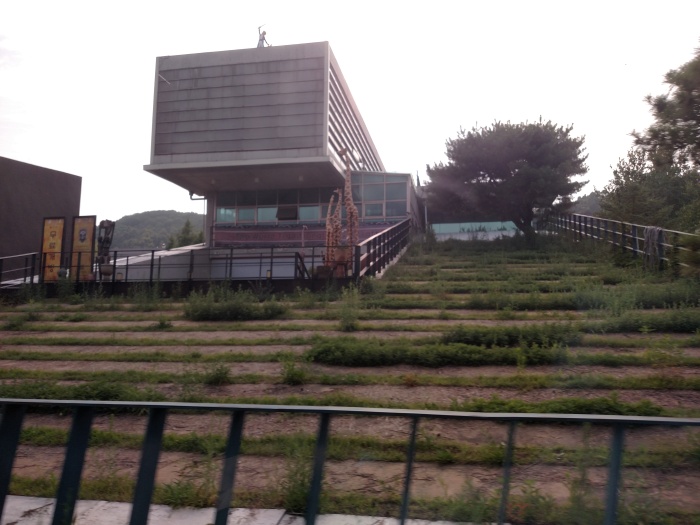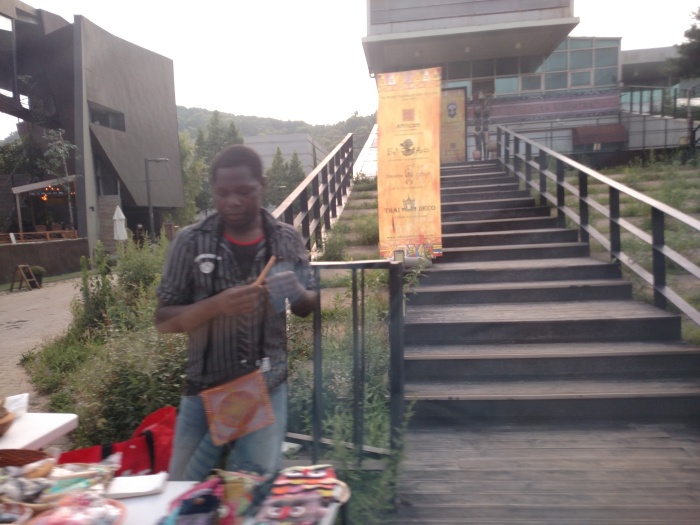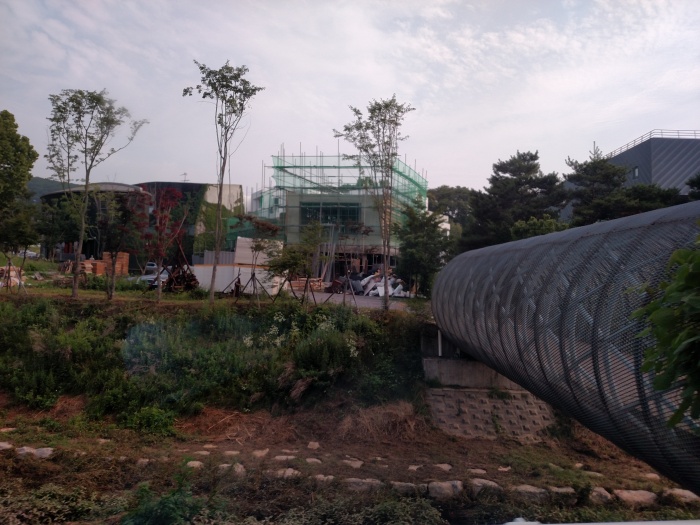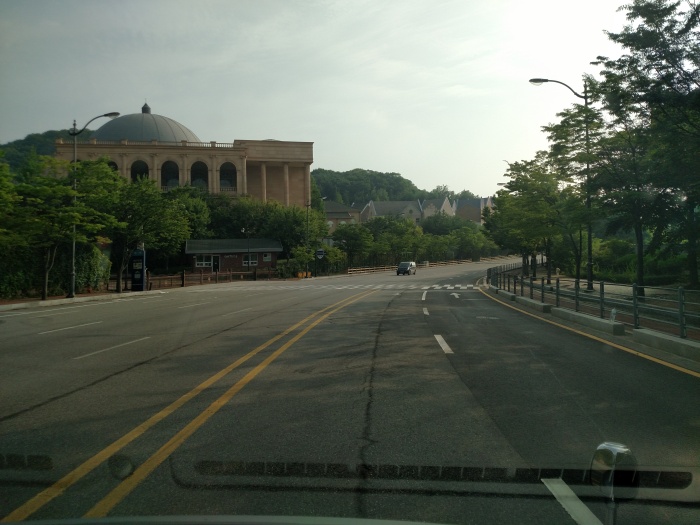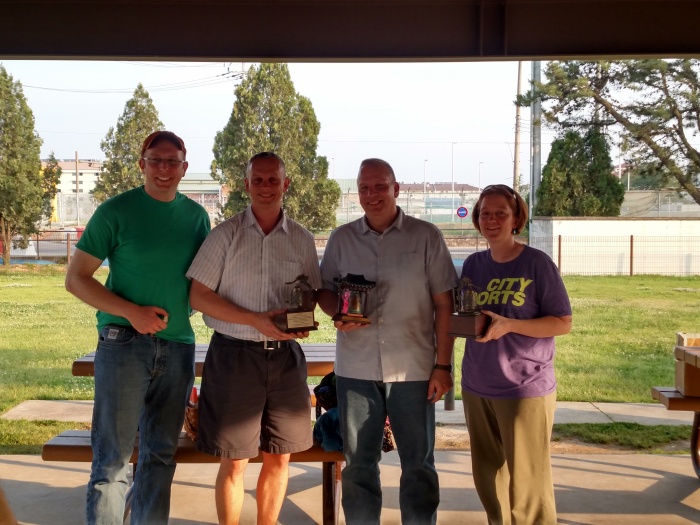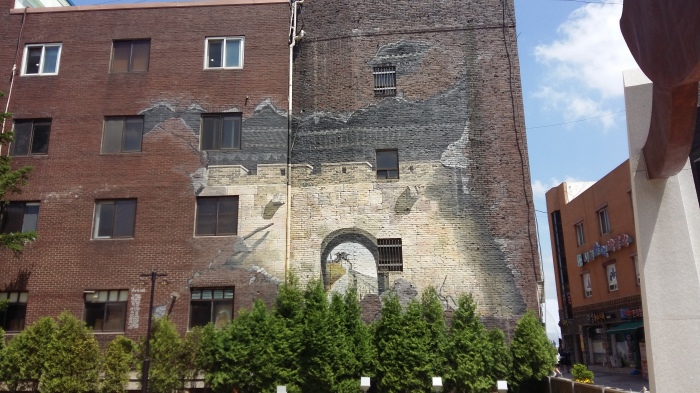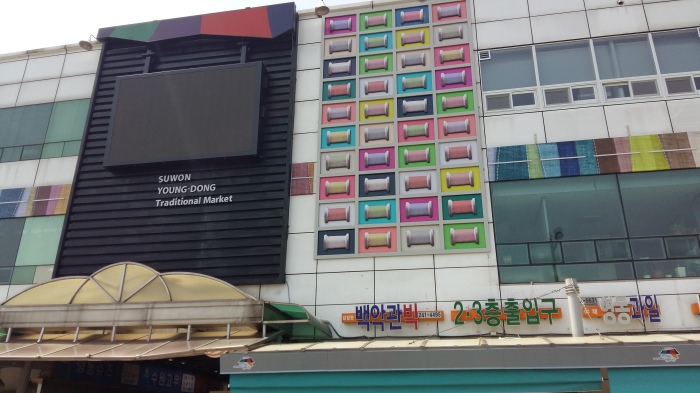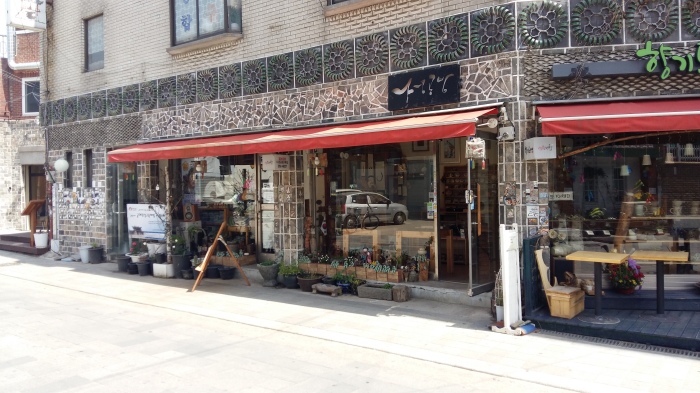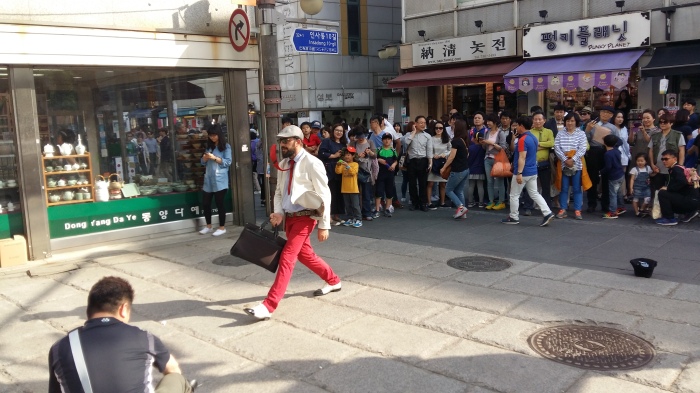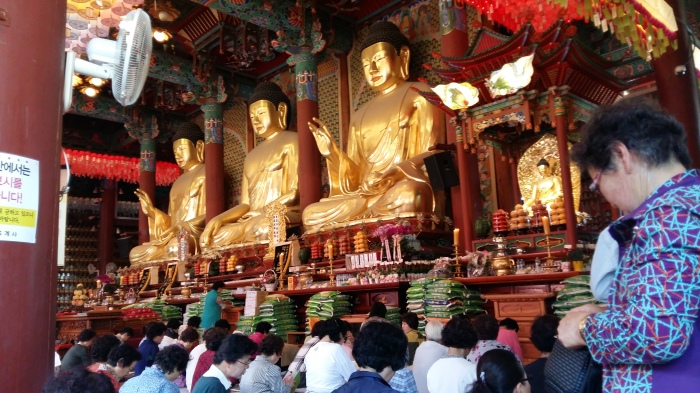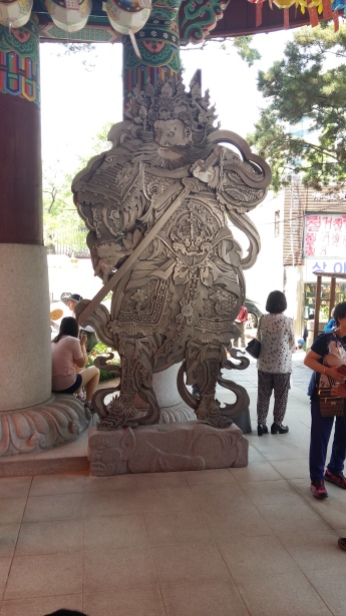Well, it’s day 4 of what was supposed to be a 1-day trip from my last duty station in Yongsan, South Korea to my home in Missouri where I was going to take 5 weeks leave before going to an Army school at Fort Belvoir, VA for 3.5 months. The mechanical problems on the plane that forced it to turn around over the Pacific Ocean and return to Yokota Air Base in Japan has shortened my leave by 3 days so far. Three days aren’t a lot normally, but when you have been separated from your family for a year, it seems like an eternity!
It’s a sunny Sunday morning here in Japan and I am enjoying a cup of coffee with the rest of a cookie I got with my dinner last night. I’m hoping and praying that the new scheduled departure time for today happens without a hitch, so that I can be with my wife by the end of the day (or early Monday). This has certainly been an adventure with one disappointment after another multiplying the frustrations of the passengers who just want to get home.
The airline I’m on is contracted by the U.S. government for these types of flights. It’s the same airline that I flew on going into Iraq during OIF. It’s not a big “brand name” airline but evidently the one who had the lowest bid so won the contract. They have put us in hotels every night and tried to provide meals, though many of the meals have been sub-standard.
The Air Force personnel at Yokota Air Base have been amazing. They are stuck in the middle of this situtation between the airlines (who they have no control over) and the passengers who they are trying to take care of. Their attitudes and helpfulness have remained high over the last few days as they have had to put in long hours and even work on days that they’re normally off, just to take care of us.
Usually the government takes care of all of our connecting flights to get us where we’re going. Since I am going “TDY en-route” to my training location and taking leave in between, I had to take care of my own connecting flight home. I booked through Delta Airlines using my frequent flyer miles (“Skymiles”) that I’ve accumulated on the couple of flights I made back to the States while in Korea for Army training. Normally, changes to these reservations come with a hefty fee, but they have changed my reservation three times without a charge, working with me (and my wife who has had to call the last two times) to make my experience as stress-free as possible. Delta Airlines has won a loyal customer through all of this!
As of early this morning, the Yokota Passenger Terminal is telling us that the plane was fixed late last night and is scheduled to depart early this evening getting us into Seattle Sunday morning. Of course, we’ve been given similar reports every day of this episode, so the news is received with some skeptisim. Only when I’m buckled in and in the air will I believe that we’re finally leaving.
We got back to the terminal about 1130 and checked our bags. I was looking forward to getting something to eat sonce I hadn’t had anything to but thr rest of my cookie from last night. However, there wasn’t an airline rep there to give us meal vouchers. I thought about having a pizza delivered so looked up the number fot the on-post Pizza Hut and called them only to be told that they didn’t bigin delivery until 1545. Oh well. About then, I heard the announcement that they were issuing the meal vouchers so I got one and got a Bacon Cheeseburger and fries. I am so tired of cheap fast food and ready for a home-cooked meal!
The latest word is that we’ll be called to the secure area at 1330 but as I’m writing this I see it’s almost 1400. They also said that we’d begin boarding at about 1600 for a 1640 departure. We’ll see.
At almost 1430, an hour after we were supposed to progress to the secure area, they announced that the maintenance crew was still performong ops checks on the aircraft. I thought when something is “fixed” then it’s ready to go…

At about 1500 we begin moving to the secure area. While we’ve been there before, it’s a good sign. RUMINT says departure time is about 1630. Again, we’ll see.
At about 1730 they announced that we would soon start boarding. This was as close as we had gotten to leaving in three days. You could tell people were getting excited by the cheers that were raised with each progressive announcement. At the same time you could sense -and sometimes hear- the skepticism. We had been told before that we would be leaving. It was hard to believe that this time we would.
Within a few minutes we did start boarding and there was a reserved optimism that we were finally on our way. The Air Force personnel had to do another roll call once we were on the plane, delaying our departure a little longer. Evidently the passenger manifest didn’t match the number of passengers. Once that was sorted out we were cleared to go. With every foot the plane rolled away from the gate the greater the expectation that it was for real. Every delay we encountered; every minute we were still on the ground, there was a chance that we would have to turn back, deplane, and resume the endless wait to go home.
After a year in South Korea, I left Seoul for Osan on Wednesday morning then caught my flight from Osan on Thursday morning expecting to be with my honey Thursday evening. Instead, I spent the next three nights in Japan and most of four days in the Passenger Terminal at Yokota Air Base, while aching to be home.
Finally at at about 1145, after four long days of traveling and waiting, I returned to American soil, soon to be back in my home with my family and likely not ready to begin another deployment for some time.
.
.
.




